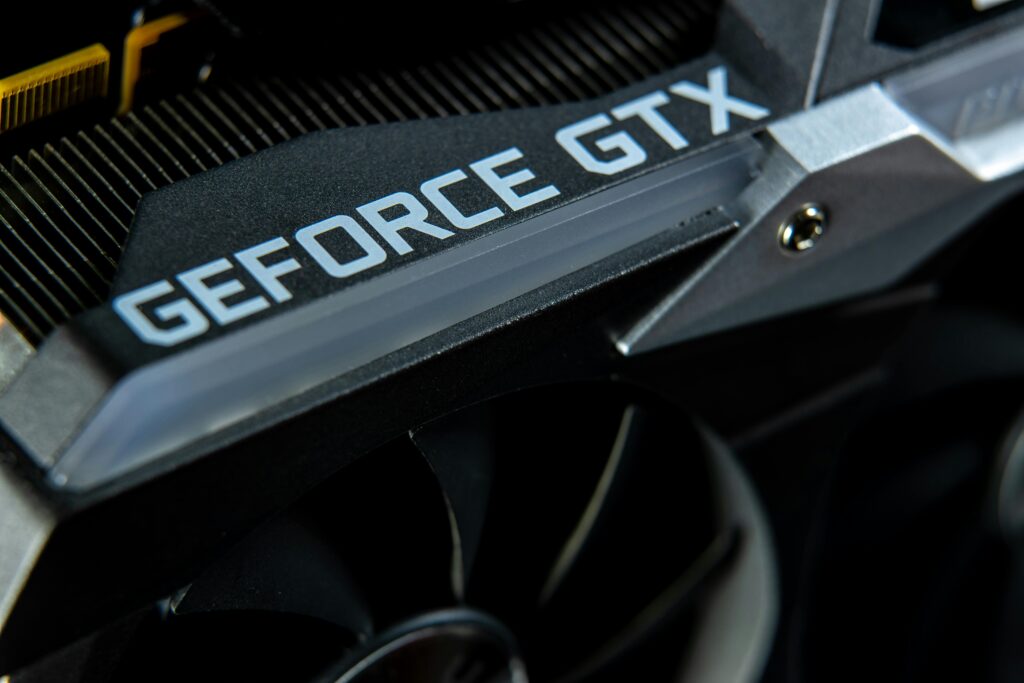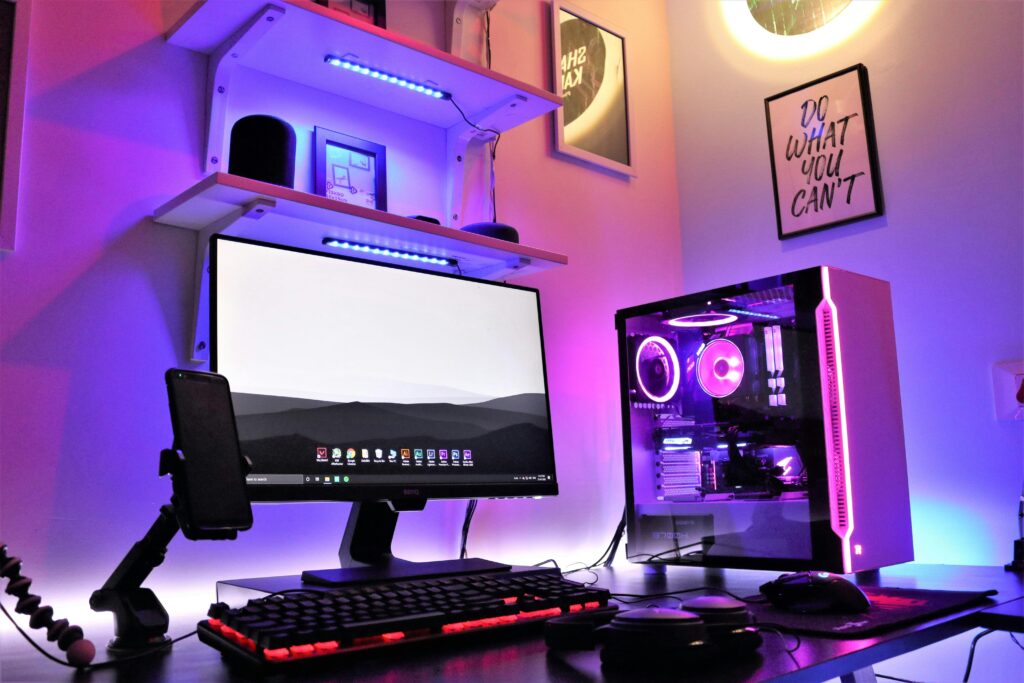
Choosing the right GPU (Graphics Processing Unit) is like the heart of your gaming system. I have gone through this process multiple times by adjusting and upgrading systems to get the ideal performance. So, it’s a wise decision to do a little research before buying a GPU—it will help you in the long run by saving money. Here is a detailed guide for choosing the right GPU for your system.
Step 1: Understand the game you’re in
Pick the games you play. Are you the guy who is into fast-paced shooters like COD (Call of Duty) or CS:GO? Usually, these games need higher frame rates. Or are you into some intensive graphics like Cyberpunk 2077 or Hogwarts Legacy? Generally, different games need different GPU strengths. Fast-paced games need high FPS (Frames Per Second). On the other hand, open-world games need powerful GPUs that can render detailed textures and graphics.

People who are casual gamers sticking to 1080p resolution can easily go with mid-range GPUs like NVIDIA GTX 1660 Super or AMD RX 6600. But if you want to play with higher resolutions like 4K ultra settings, you need some high-end GPUs that can perform well, like NVIDIA RTX 4080 or AMD RX 7900 XT.

Step 2: Pair your GPU with the right monitor
The golden rule is your GPU and monitor should be on the same team. For example, if your monitor has a 60Hz refresh rate with 1080p resolution, buying a top-tier GPU won’t work!
But if your monitor is a 1440p or 4K model, you can easily go with high-end GPUs like NVIDIA RTX series or AMD RX 7000. These lineups are made for higher resolutions and can easily handle high refresh rates like a beast.
Step 3: Fix your budget
There are various ranges of GPUs in the market, from budget-friendly to premium. So, at first, knowing your budget will help you make your decision. For casual gaming at 1080p resolution, you can easily go with $300 cards like the NVIDIA RTX 3050. On the other hand, for 1440p or 4K gaming, the range is between $400–$700, with cards like the RTX 4060 Ti. 4K gamers or enthusiasts can spend more for flagship GPUs like the NVIDIA RTX 4090.
Think about the long run—you won’t usually buy these cards every day, so spending a little bit now will save you an upgrade in year 1 or 2.
Step 4: Ensure your PC and components are compatible
You have to check that your GPU fits in your case. If your new GPU doesn’t fit, that can be a frustrating moment. Also, look at the power supply. You can manually measure your case with the GPU’s height and width to make sure it fits perfectly. Some high-end GPUs are massive in size, so smaller cases would struggle with these types of cards. Double-check your components!

Look at your GPU’s power requirements and your PSU (Power Supply) average wattage. Here’s a little note: always choose a power supply with 20%–30% more wattage than your GPU’s requirements. That will give you a smoother experience.
Step 5: VRAM and performance
Think of VRAM as the short-term memory of your GPU. If you have more VRAM, it ensures higher resolution and detailed textures. For average gamers, 6GB of VRAM is ideal, and for hardcore gamers, 8GB of VRAM is perfect for 1440p or 4K gaming.
Step 6: Ray Tracing and DLSS
We are lucky because some modern GPUs come with amazing tech like Ray Tracing. Ray Tracing ensures an amazing visual experience with realistic lighting. However, Ray Tracing can decrease performance without the support of DLSS (Deep Learning Super Sampling). If you play modern games with heavy graphics like Cyberpunk 2077, features like Ray Tracing will enhance your experience.
Step 7: Benchmark and reviews
Before buying a GPU, you can check benchmarks online, like on Tom’s Hardware or YouTube reviewers. This will give you real-world insights into how a card performs in your favorite games.
So, it’s a wise decision to check online reviews before buying or upgrading a GPU. You can watch actual FPS numbers through them.
Step 8: Stay updated
The GPU market is generally much more volatile than others due to supply shortages or new releases. You can keep an eye on events like Black Friday sales and also for new releases, which can decrease the price of older cards.
Final Thoughts
Choosing a GPU is not that complex. Find your goals, set a budget, and obviously match your GPU with your system and monitor. With the right research, you will finally get a GPU that delivers the performance you need. Happy gaming!
